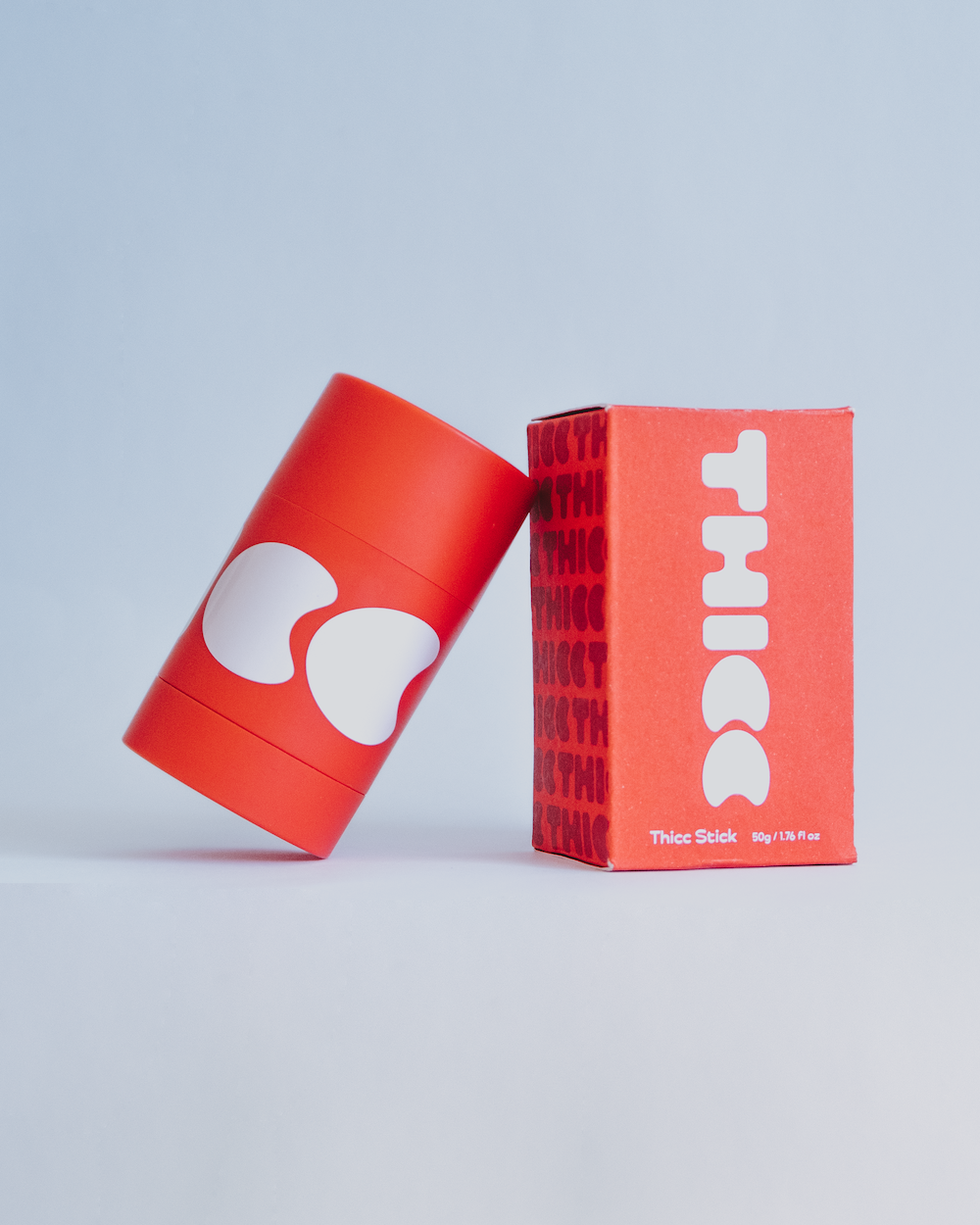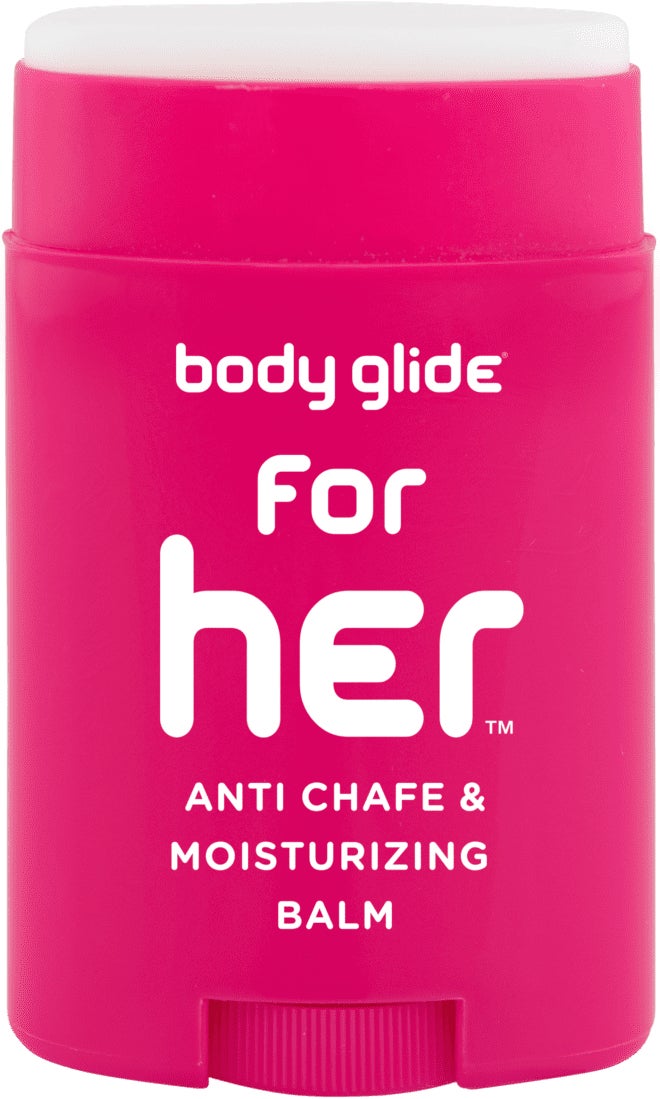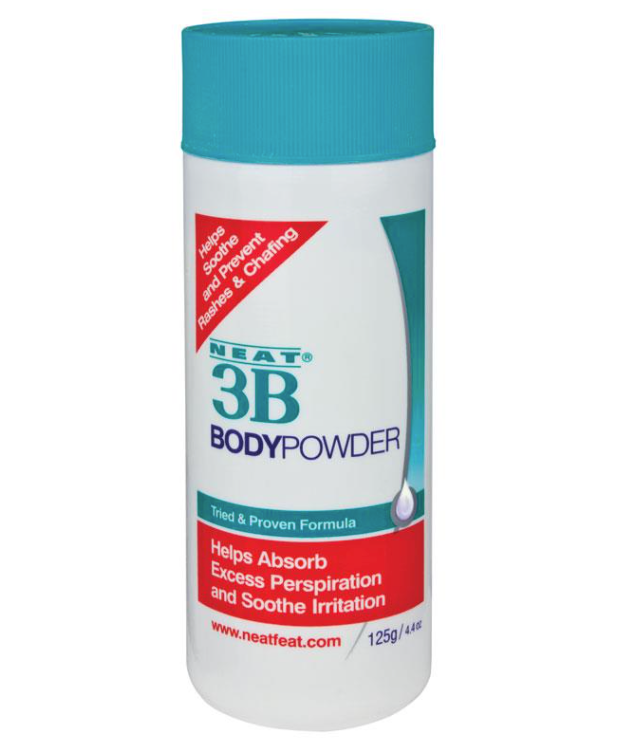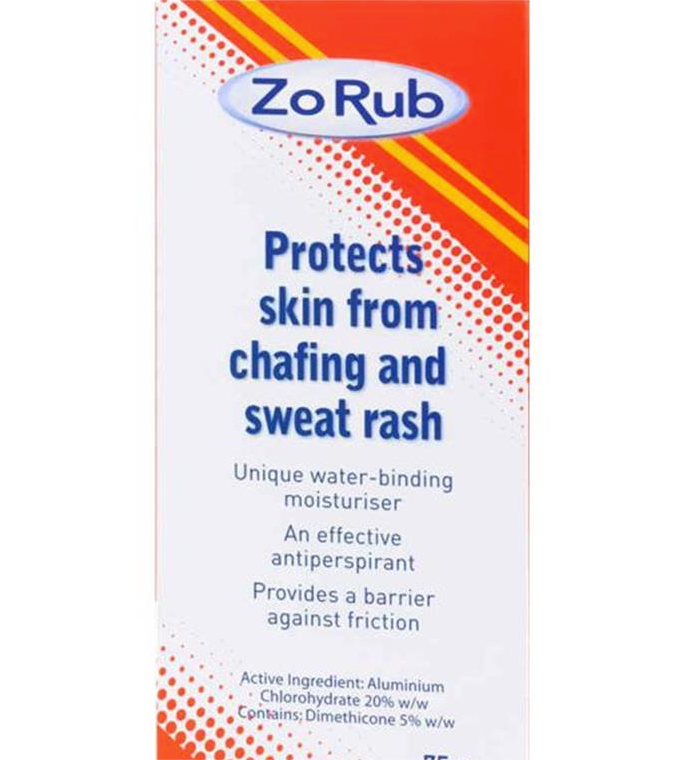At Refinery29 Australia, we’re here to help you navigate this overwhelming world of stuff. All of our picks are independently selected and curated by the editorial team, but we may earn commission or other compensation from the links on this page.
There are many wonderful, glorious things about summer. The warmth! The sun! The fact that it's light out until 8pm! Rosé!
Of course, it also means long months of hot trash smell, boob sweat, and perhaps chief among the season's unpleasant side effects: thigh chafing. With increased moisture and friction this time of year, we're even more susceptible to the nightmare that is red, raw, painfully chafed skin, which can even boil or bleed in severe cases.
AdvertisementADVERTISEMENT
Thankfully though, thigh chafing doesn't have to be a summer inevitability, as there are plenty of ways to prevent it entirely — and calm it fast when it rears its ugly head. Ahead, top dermatologists explain why chafing really happens, what to do about it when it does, and the products that stop it before it starts.
What is chafing?
The most basic definition of chafing is that it's what happens to the skin when it experiences increased friction. "Chafing is the repeated skin-on-skin or fabric-on-skin contact that can lead to dryness, irritation, blistering, or breakdown of the skin," says Dr Melissa Kanchanapoomi Levin, dermatologist and founder of Entière Dermatology.
What are the symptoms of chafing?
When you experience chafing, you'll know — but in case you need a few things to look out for, here's a list. You'll most likely experience redness, a burning sensation, a flat rash, blister-like boils, and when it's healing it could feel a bit itchy. Not ideal!
What causes thigh chafing?
Anything that increases friction in the area — like working out, running, walking, or dancing — can cause chafing, Dr Levin says, adding that the inner thighs, armpits, and nipples are typically the biggest hot spots. Wet skin is most likely to chafe, which is why it tends to be especially common in the summer.
Why do my inner thighs chafe more in the summer?
Since the two leading causes of chafing are both friction and moisture, the summer months create a hotbed for raw, inflamed skin. "More patients notice that hot weather is associated with more chafing because people tend to be more active and sweat in the summer, whether it's running or working out," Dr Levin says.
AdvertisementADVERTISEMENT
How do you prevent thigh chafing?
First, stay dry as much as possible (easier said than done in the summer, we know). By wicking moisture away from the areas prone to chafing, you decrease the amount of friction that can take place between your thighs as you walk or run. Powder is great for this.
To prevent excess sweating while exercising, Dr. Idriss recommends working out indoors as much as possible and opting for workout clothes with synthetic fabrics, like nylon or polyester, which won't absorb moisture. You can also get specific anti-chafing shorts.
To prevent friction, you can lube up with a variety of emollients, chafing creams, or Aussie brand THICC, which you can buy in a handy, deodorant-shaped tube for easy application.
How do I get rid of a chafing rash or bumps?
While products to prevent chafing (like all these snazzy, anti-chafe creams) have taken the industry by storm, healing chafing calls for a much gentler approach.
First, cleanse the area with warm water and a mild wash. Next, smooth on a barrier ointment several times a day. Dr Levin prefers petroleum jelly to soothe the skin and encourage healing, while Dr King recommends Aquaphor Healing Ointment and CeraVe Healing Ointment.
After that, try not to let the skin rub together at all, which could mean resting on a bed or sofa, depending on how serious the condition is. In mild cases, the skin should completely heal in a matter of days. If the area of chafed skin is extremely painful or not responding to treatment, a dermatologist can prescribe you a topical cortisone to decrease inflammation or an antibiotic to fight infection if the rash starts to bleed.
Thigh chafing is indeed a dreadful experience, but following these steps can ensure that you get back to enjoying your sweet summer days pain-free.
Want more? Get Refinery29 Australia’s best stories delivered to your inbox each week. Sign up here!
AdvertisementADVERTISEMENT










